10 Factors That Affect Modular Kitchen Cost (And How to Save)
By Team Modula • 6/2/2025

Have you ever been in a situation where you wanted to get a modular kitchen but quickly realise everyone is quoting a different price. Why does one kitchen cost ₹1.5 lakh and another ₹4 lakh? Where is all that money going?
Here’s a breakdown of the real factors behind modular kitchen cost and smart ways to save without cutting quality.
Modular Kitchen Cost: What You’re Really Paying For
1. Size Of Your Kitchen
Bigger kitchens mean more cabinets, more shutters, more material — so naturally, more cost.
Tip: Plan only what you need. A compact, well-designed kitchen often beats a large, cluttered one.
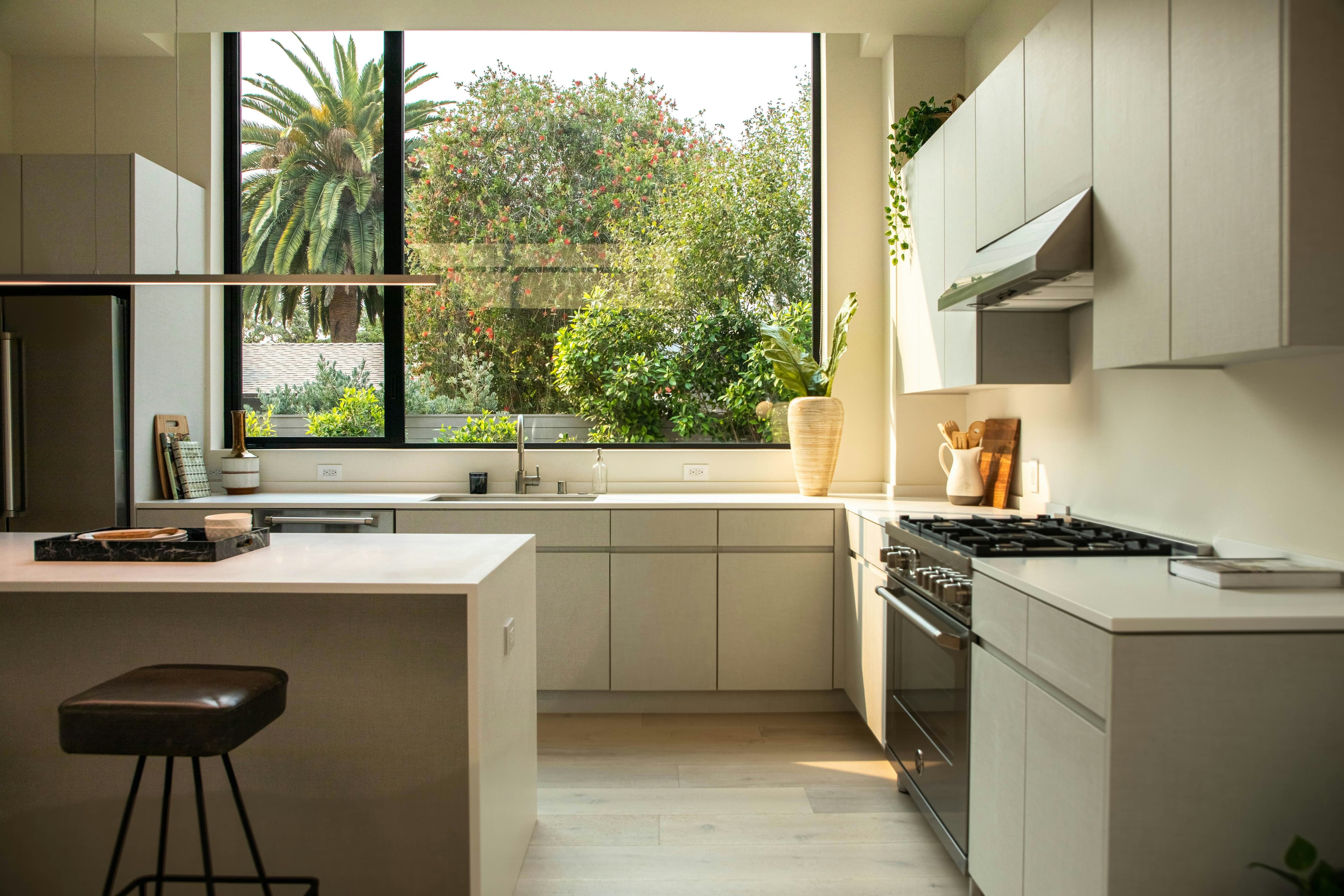
Bigger kitchens mean more time and cost
Most people believe that colors and finishes determine cost. But often, the most significant difference is found inside, in the stuff you can't even see.
To know more about the right layout for your kitchen, check out the blog L-shaped VS U-shaped modular kitchens
2. Materials Used (Inside Matters More Than Outside)
The carcass (inside structure) is where most of your budget goes. Ply is stronger and more expensive than MDF. BWR ply costs more but resists water damage.
Tip: Choose better quality for base cabinets and go budget-friendly for top cabinets if needed.
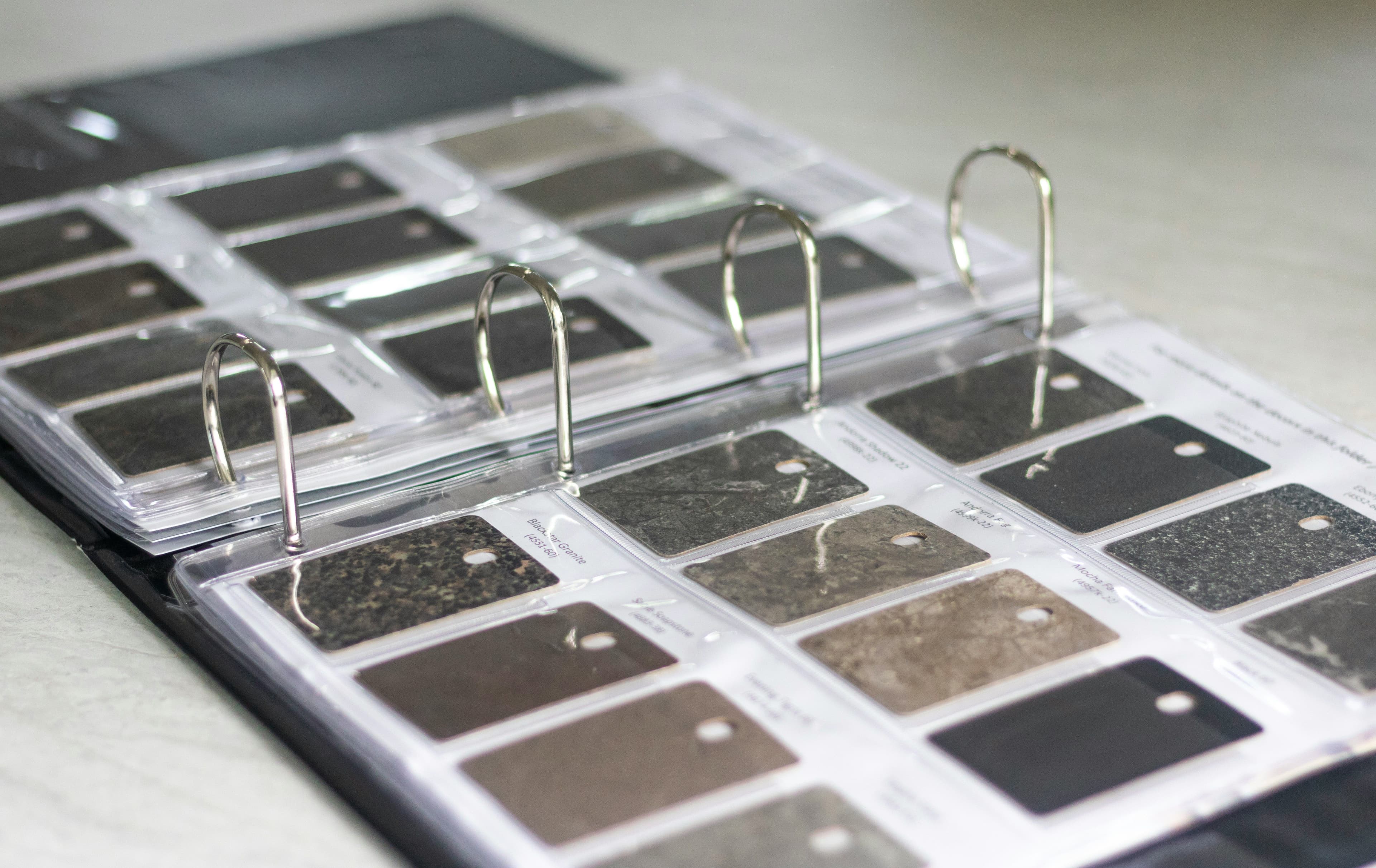
Laminates, acrylic - everything comes with a price tag
A glossy acrylic kitchen gives a really modern look but switching to a matte laminate is better because fingerprints show up too easily. It can help by also saving you money and maintenance hassle.
3. Number of Drawers & Custom Units
Shelves are less expensive than drawers. Appliance garages, corner units, and pull-out spice racks are examples of add-ons that can rapidly increase expenses.
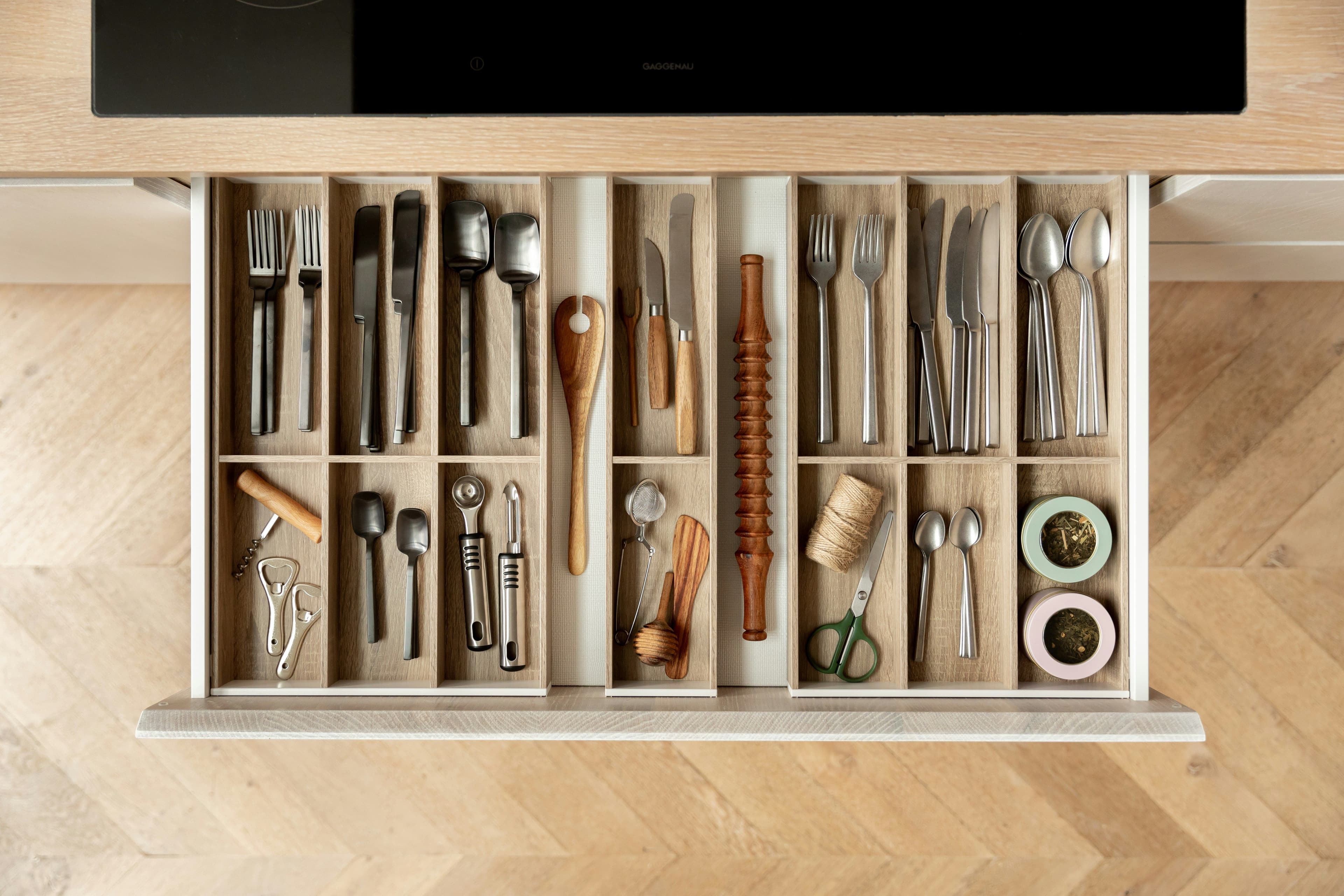
More drawers and pull-outs mean higher cost.
Simple subway tiles give a classic look unlike glass and its also easier to clean after curry spills. Stylish and practical.
4. Hardware & Hinges
Durable sliders, tandem boxes, and soft-close hinges are expensive, but they pay off in the long run.
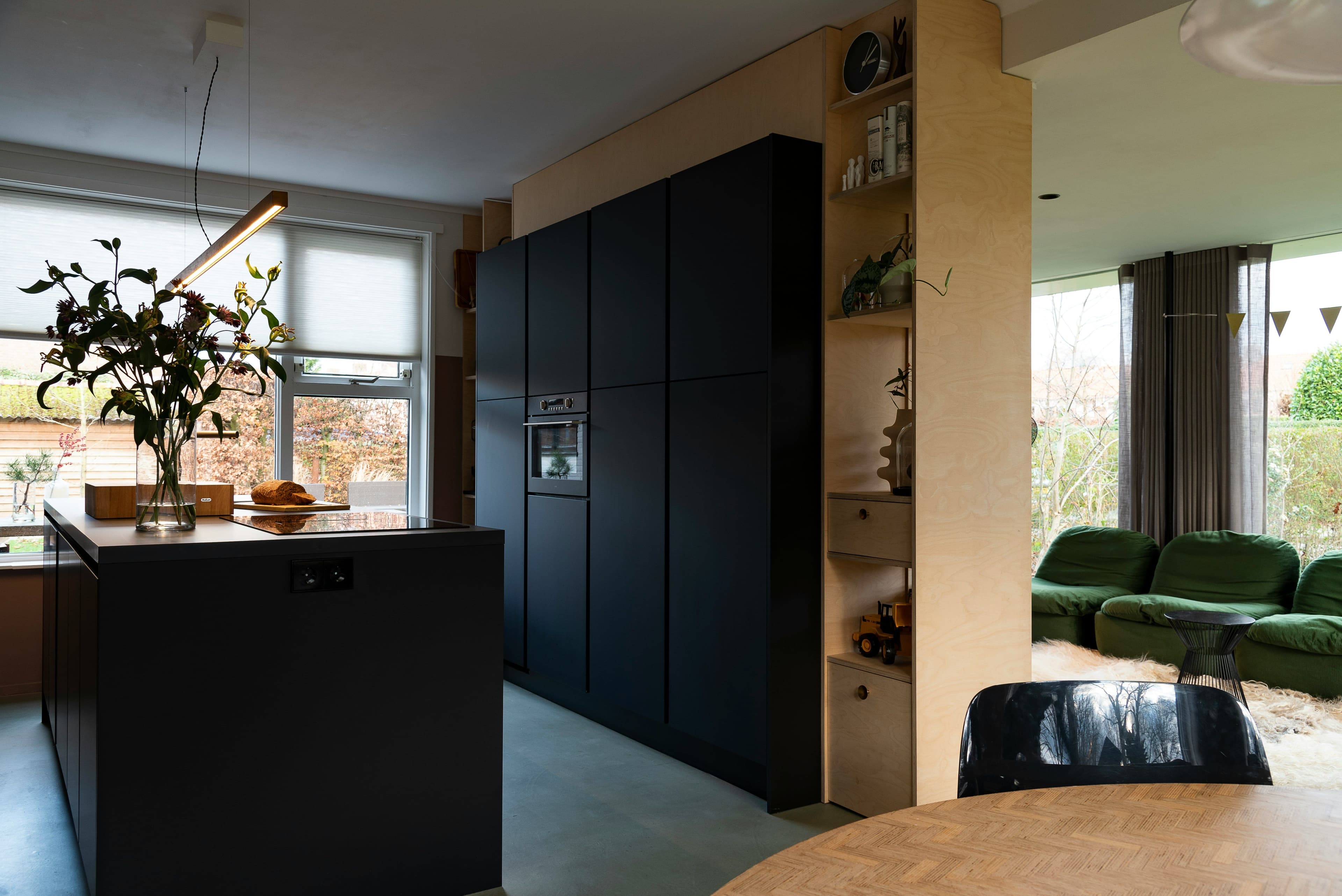
Soft-close hinges and fancy units can add up fast.
Tip: Never compromise here. Cheaper hinges often fail and cost more to replace later.
5. Countertop Choice
The most popular and reasonably priced is granite. Marble and quartz are more expensive but have a sleeker appearance.
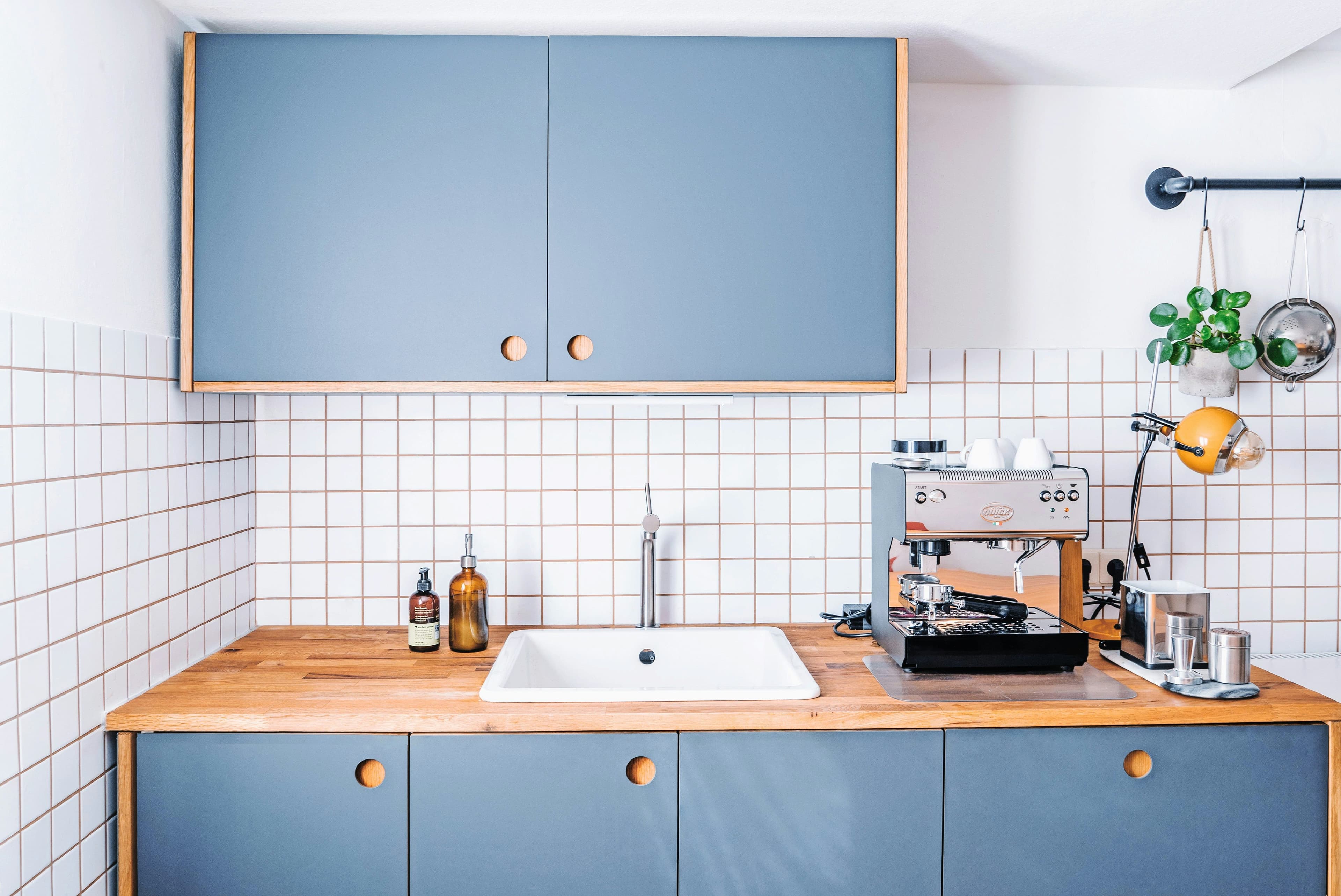
Quartz and granite look great, but cost more than basic tiles.
Tip - Save money by limiting the use of pricey stone to areas that are visible, such as breakfast counters or island tops.
6. Backsplash
Although tiles are inexpensive, backsplashes made of stone or glass make it costly. It's not always a good idea to skip it completely, as some people do.
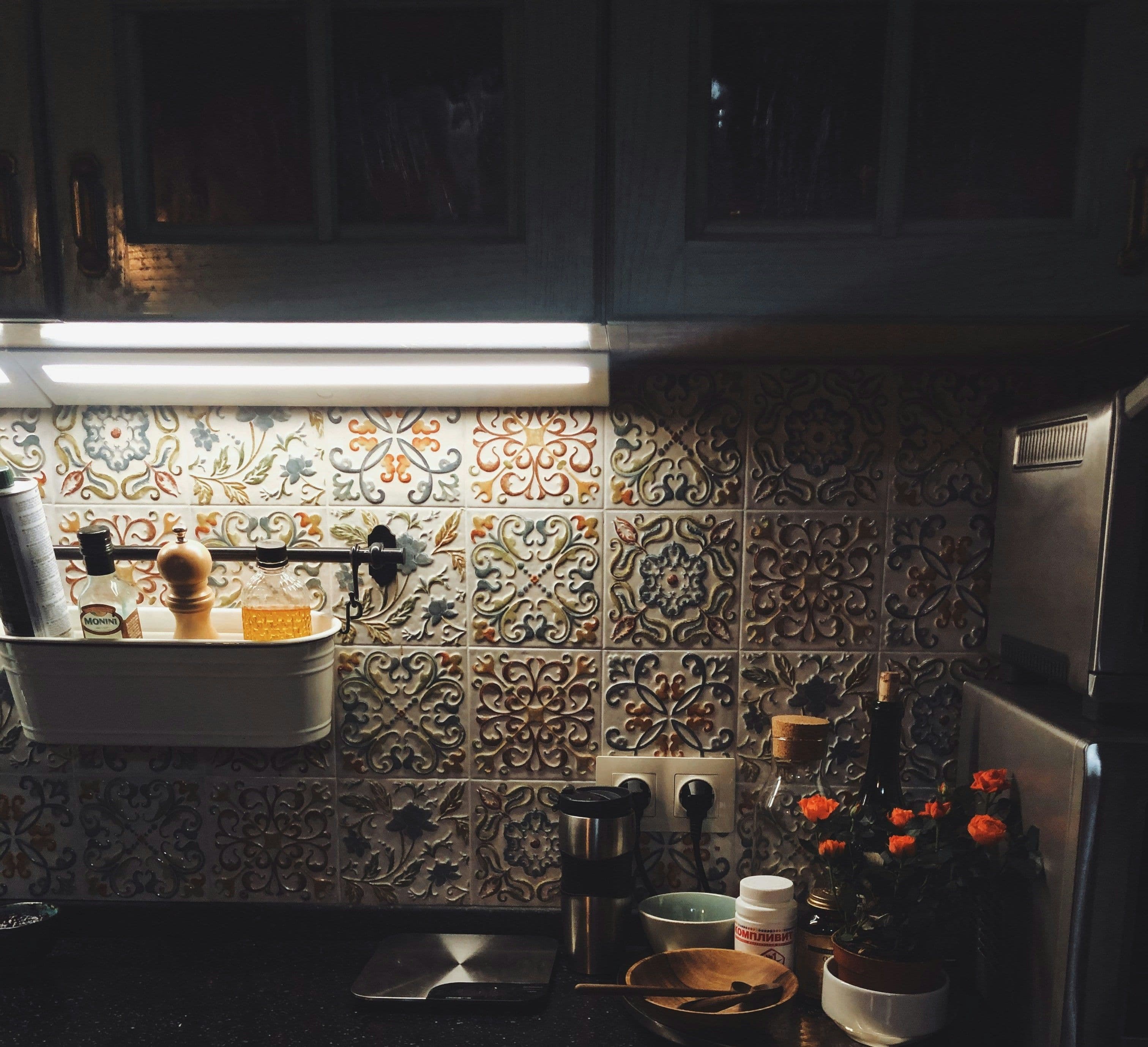
Backsplashes is the best way to make your kitchen bold
Try using large-format tiles to cut down on installation costs and seams.
7. Appliances & Fittings
Your budget can be doubled by adding built-in ovens, chimneys, dishwashers, and upscale sinks. Always double-check because some modular quotes contain these and others do not.
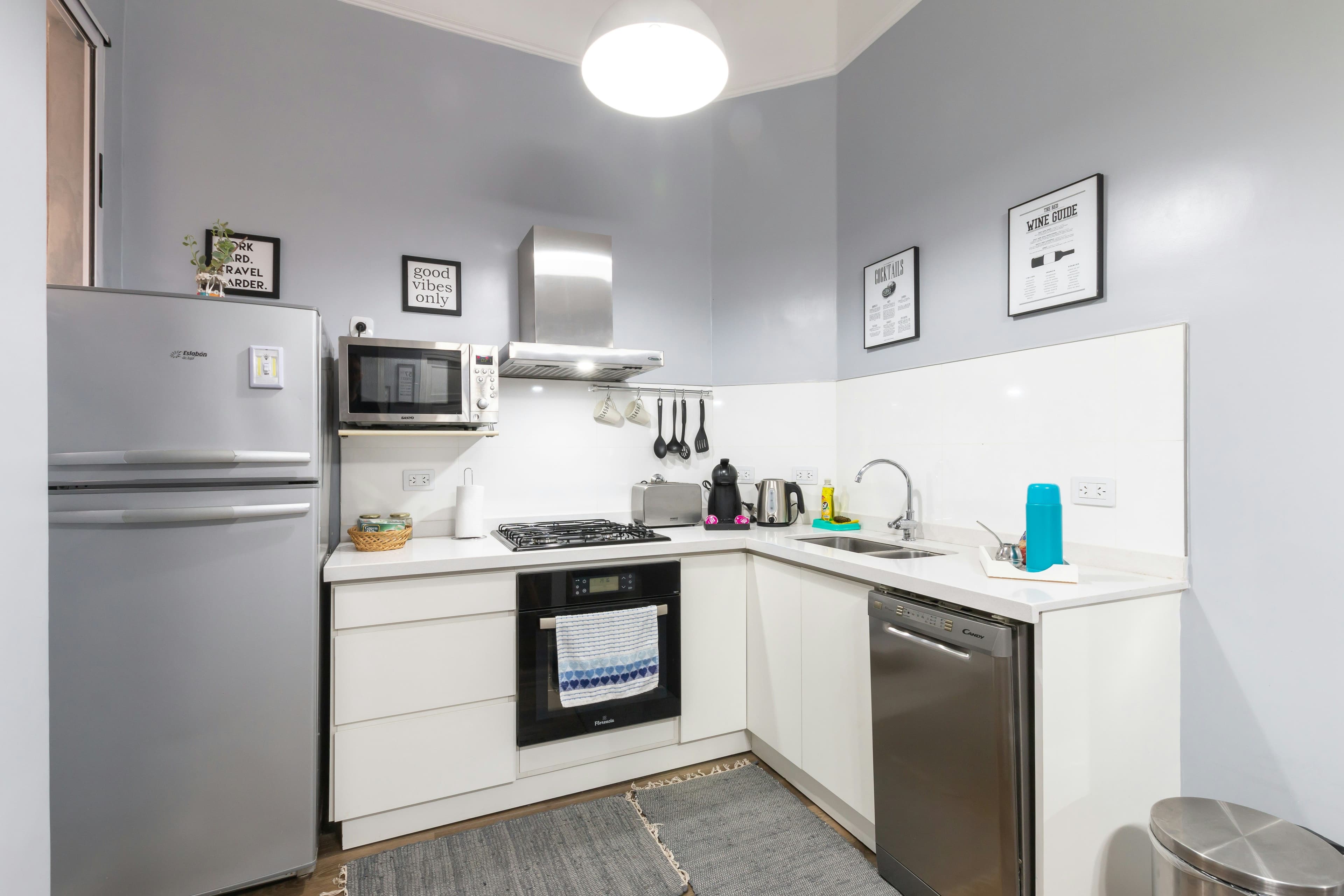
Built-in ovens or chimneys? They’ll impact your budget.
Tip: Start with the things you actually use on a daily basis. Later on, you can always add.
8. Labour & Brand Charges
In addition to the product, premium brands also charge more for design, warranty, and service. Although local carpenters are less expensive, they might not provide after-sales support.
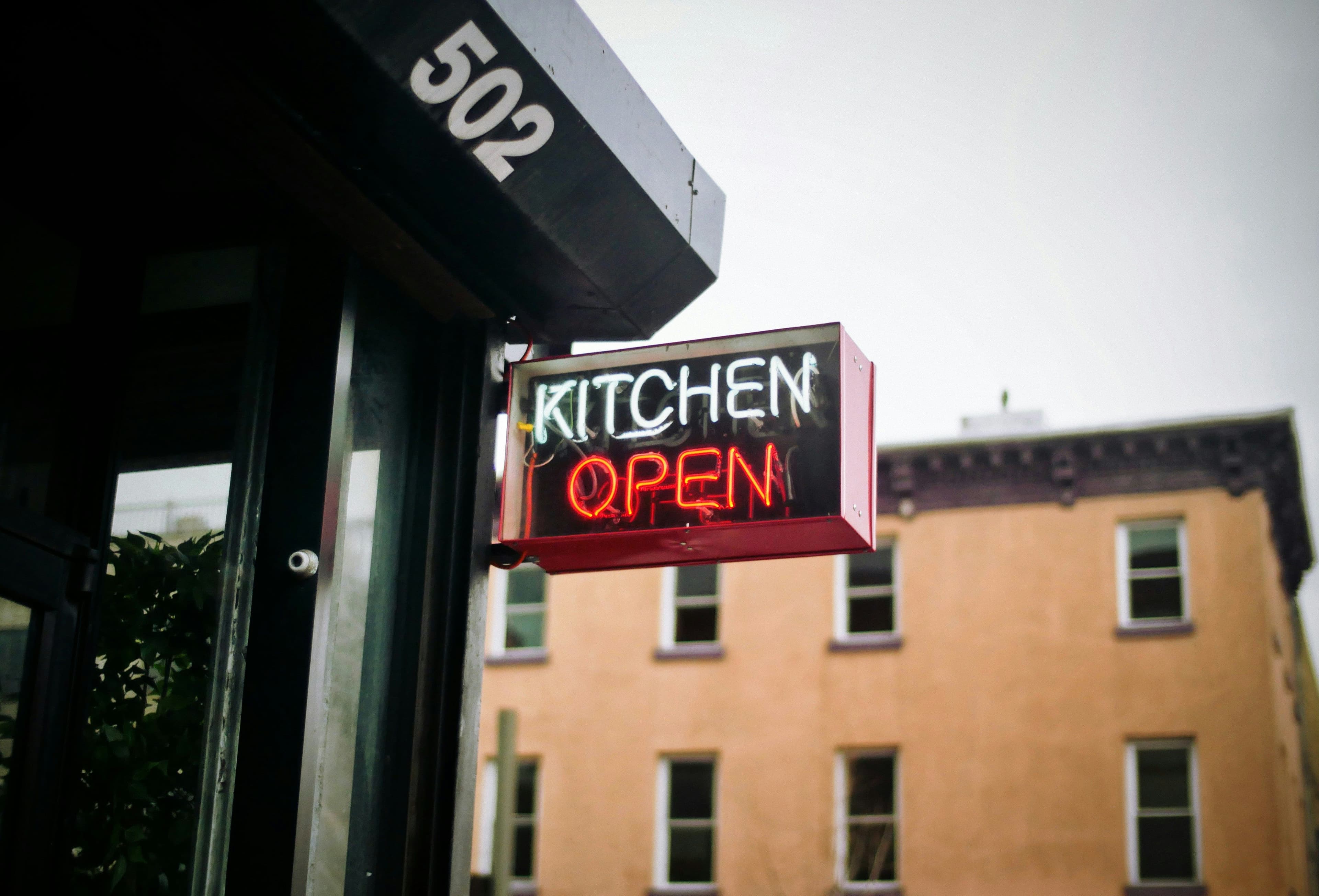
Good craftsmanship comes at a cost (and it’s worth it).
Tip: Get written timelines and look at their prior work if you're going local.
9. Location & Delivery
The cost of a modular kitchen depends on your city; labor, materials, and transportation all differ. Delivery fees may be higher in remote locations.
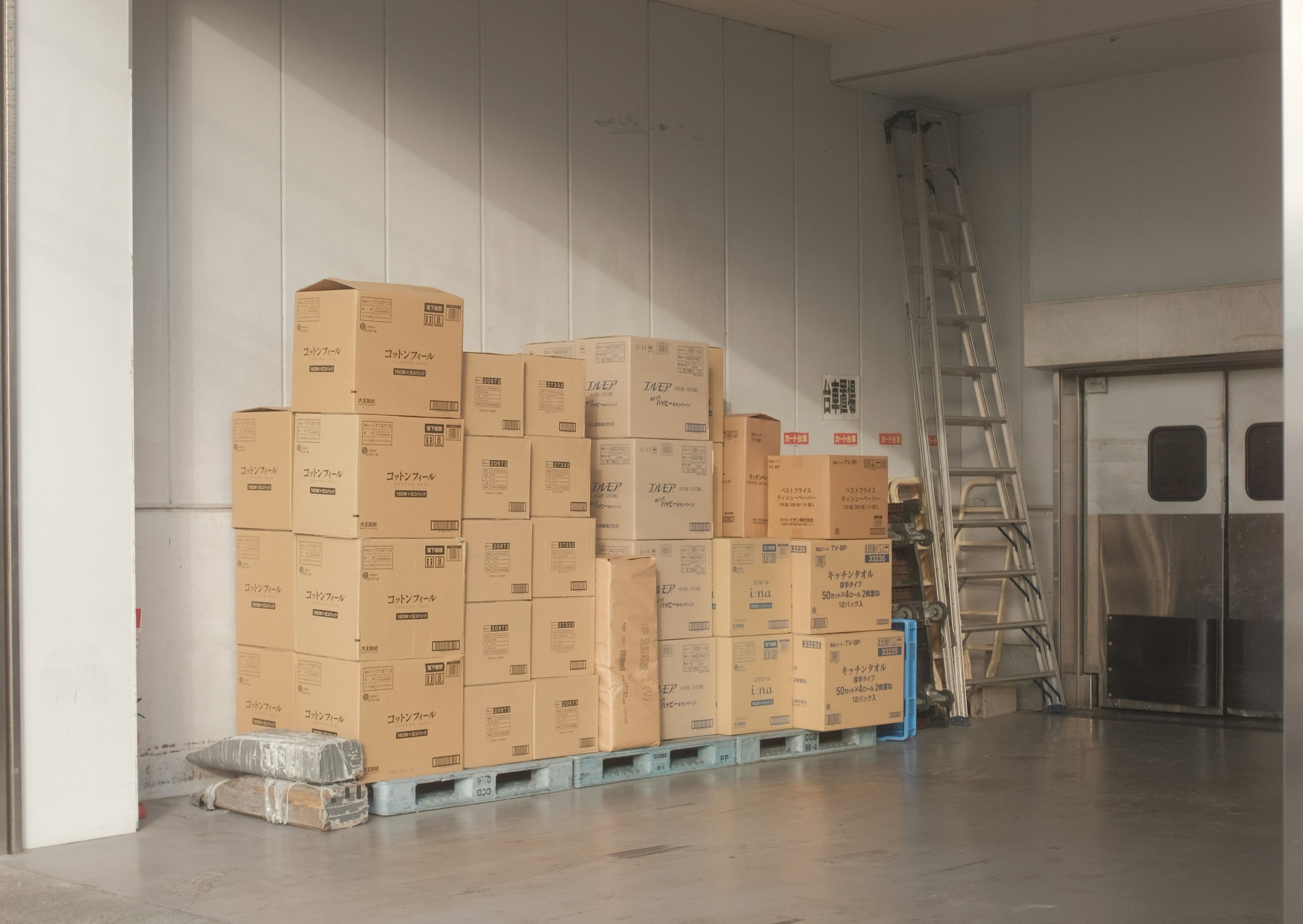
City, transport, and availability all affect cost.
Tip: To reduce transportation costs and delays, try to collaborate with local vendors.
Final Thoughts
Modular kitchens don't have a set price, but you now know what you're getting.
You can save money without compromising on style or quality if you choose wisely. Most significantly, your kitchen will feel appropriate for your house.